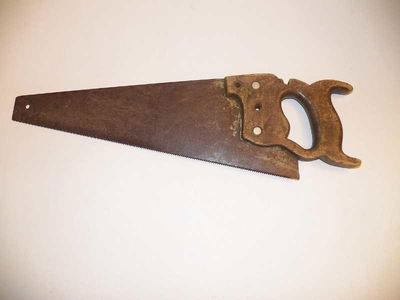 I will give you ten photos of tools you would use for woodworking and the names of those ten tools, and you match the name of the tool to its photo.
I will give you ten photos of tools you would use for woodworking and the names of those ten tools, and you match the name of the tool to its photo. Very Easy, 10 Qns, blake_aus_nsw,
Mar 18 25
 I will give you ten photos of tools you would use for woodworking and the names of those ten tools, and you match the name of the tool to its photo.
I will give you ten photos of tools you would use for woodworking and the names of those ten tools, and you match the name of the tool to its photo. |
|
 Quick Question
Quick Question = Top 5% Rated Quiz,
= Top 5% Rated Quiz,
 Top 10% Rated Quiz,
Top 10% Rated Quiz,
 Top 20% Rated Quiz,
Top 20% Rated Quiz,
 A Well Rated Quiz
A Well Rated Quiz
· All questions, answers, and quiz content on this website is copyright FunTrivia, Inc and may not be reproduced without permission. Any images from TV shows and movies are copyright their studios, and are being used under "fair use" for commentary and education.